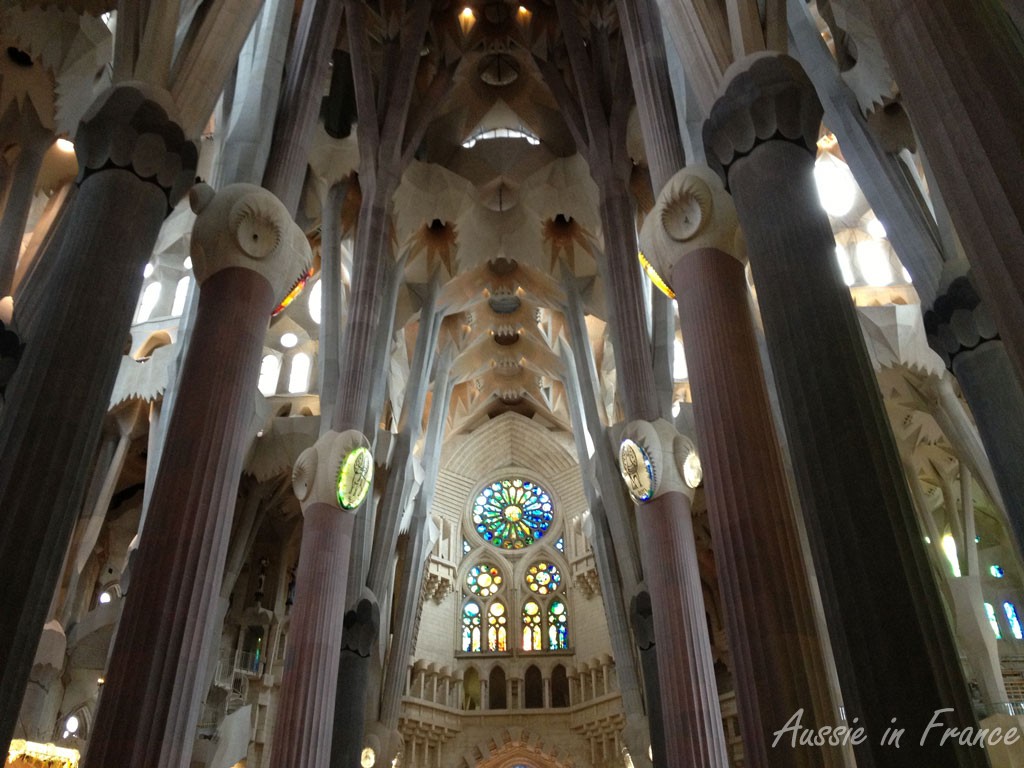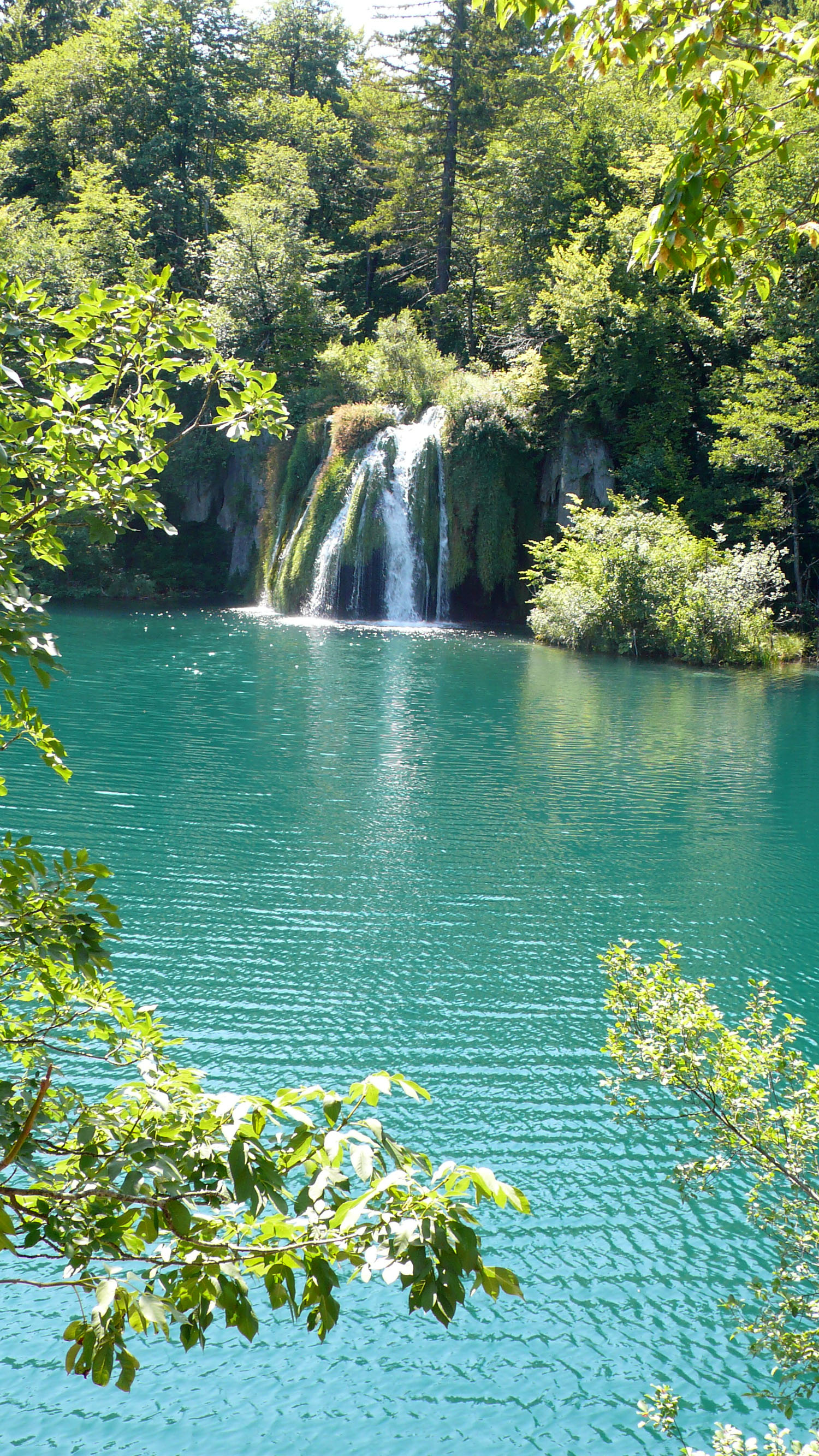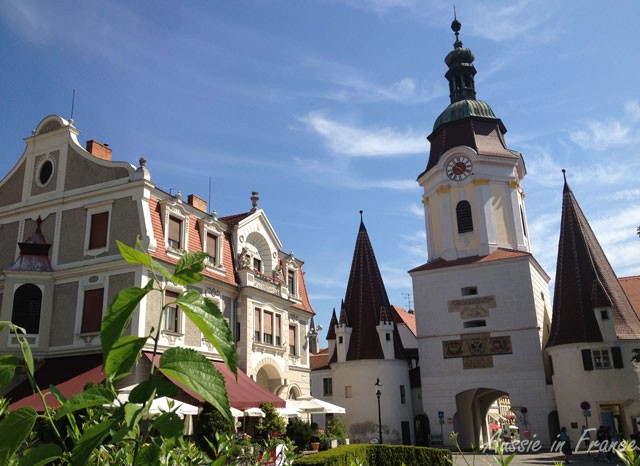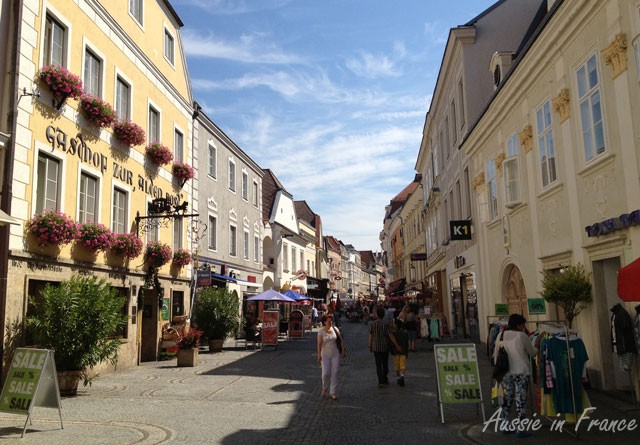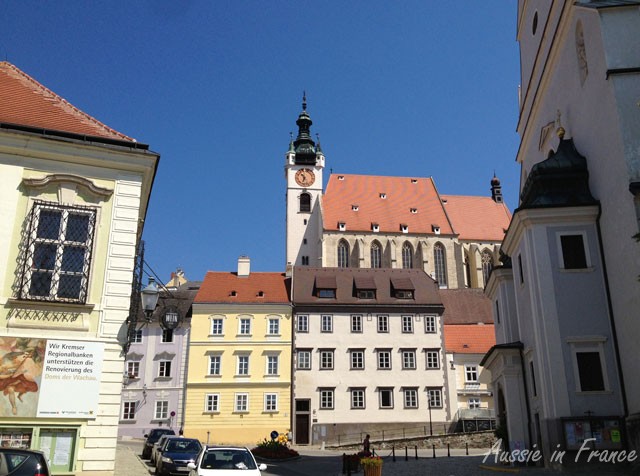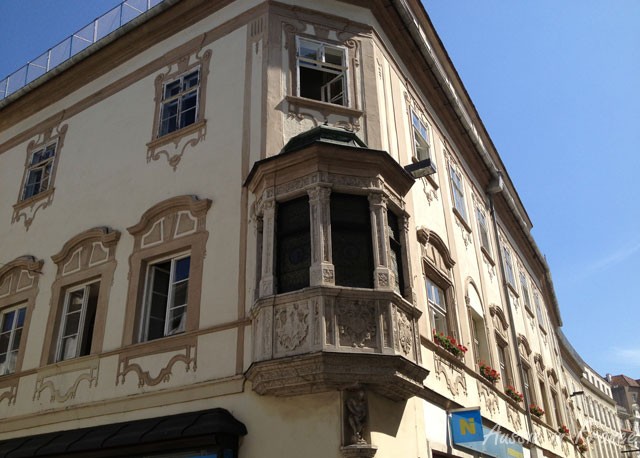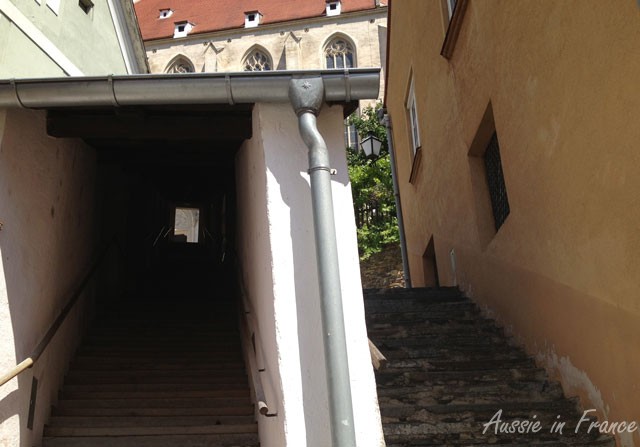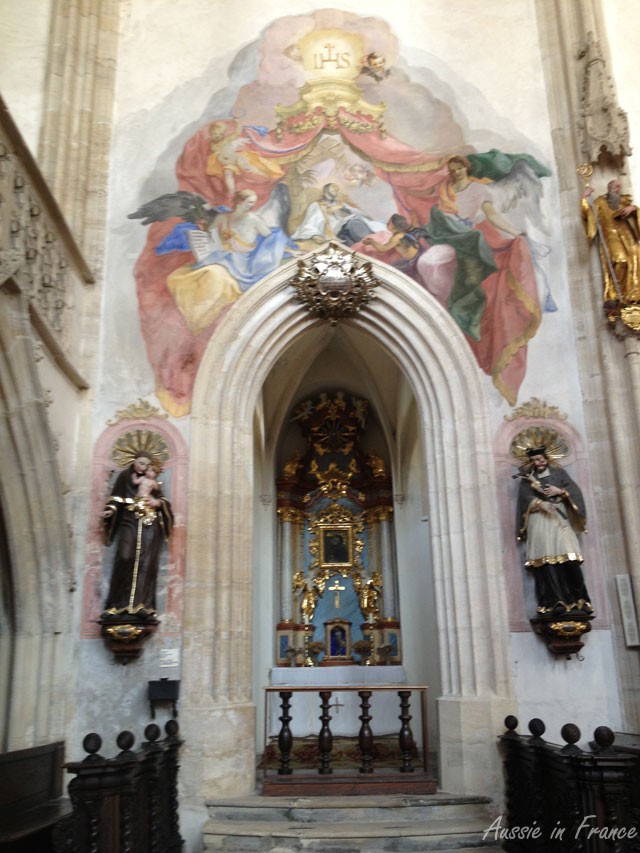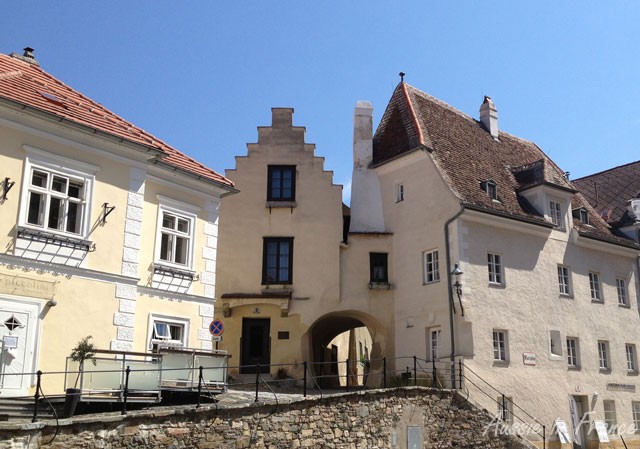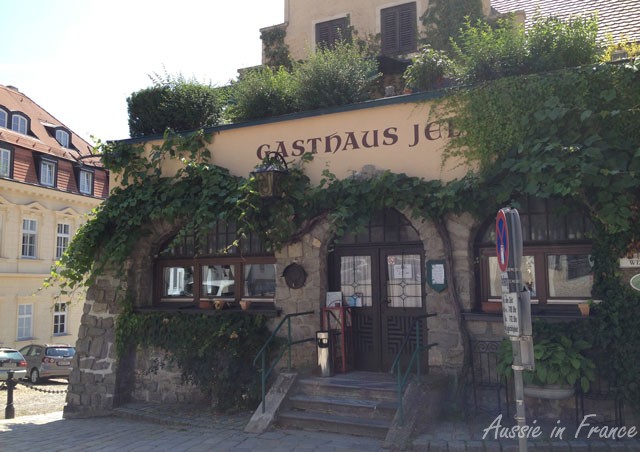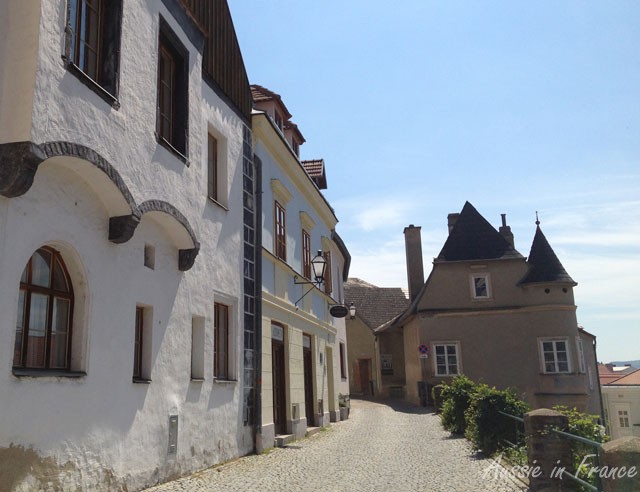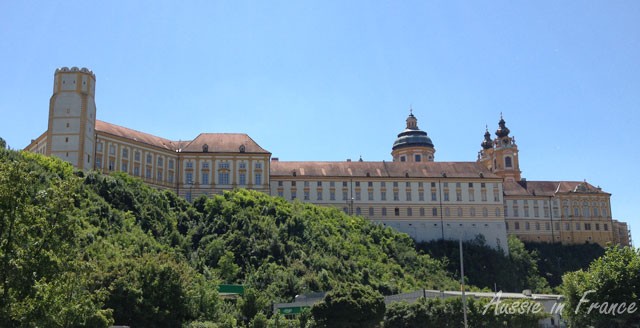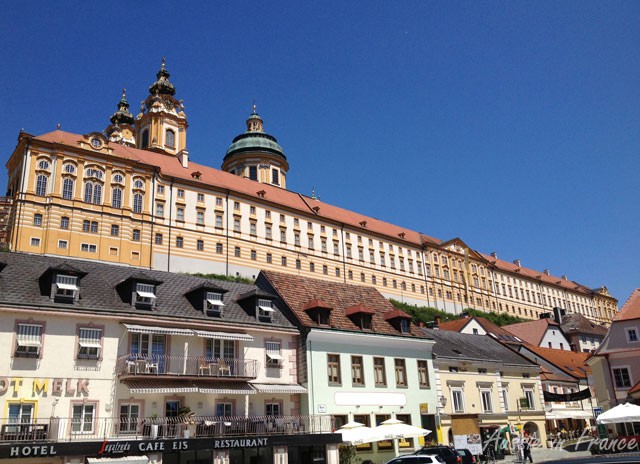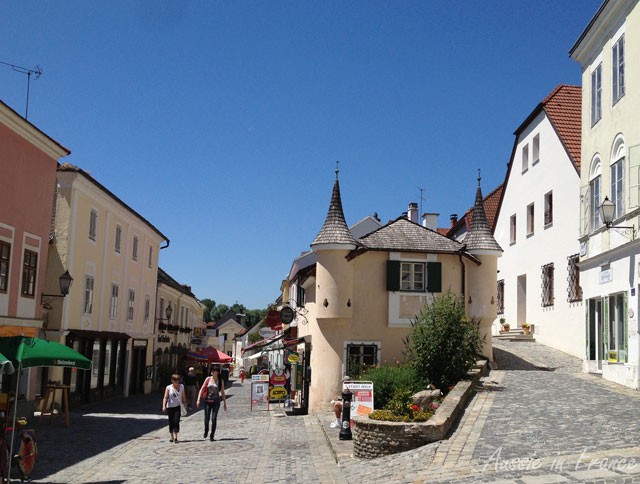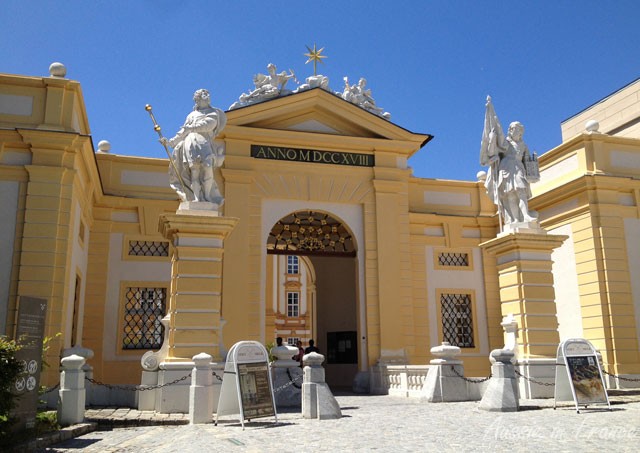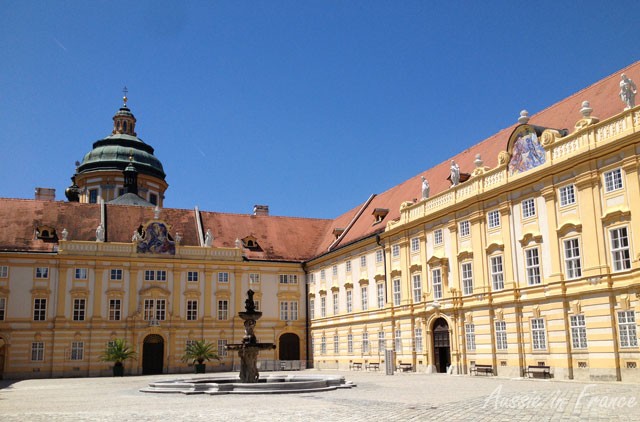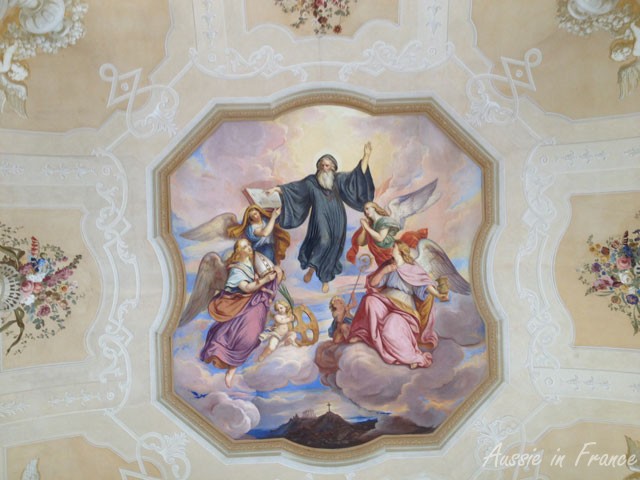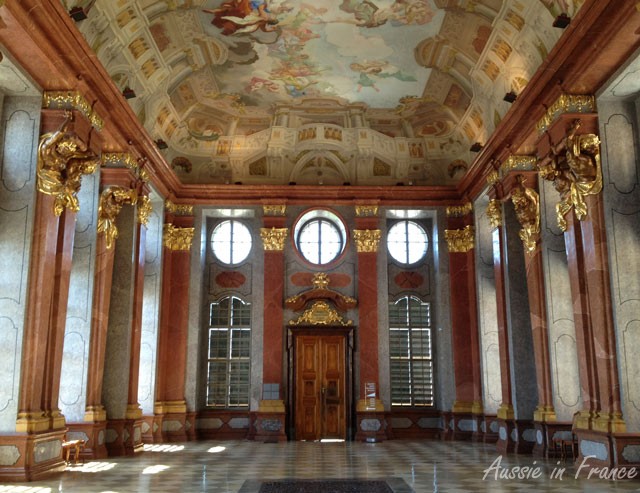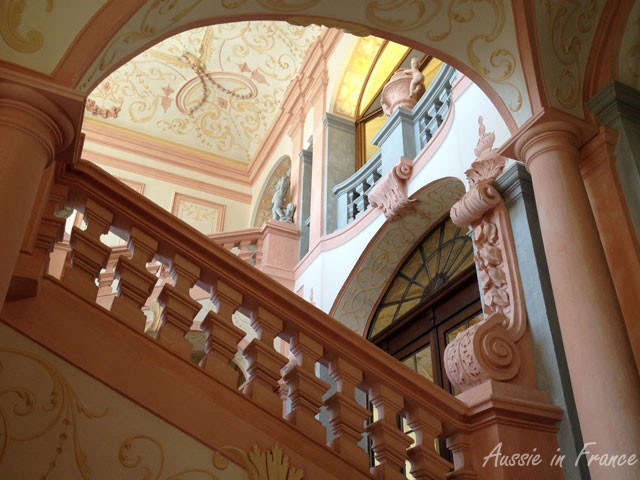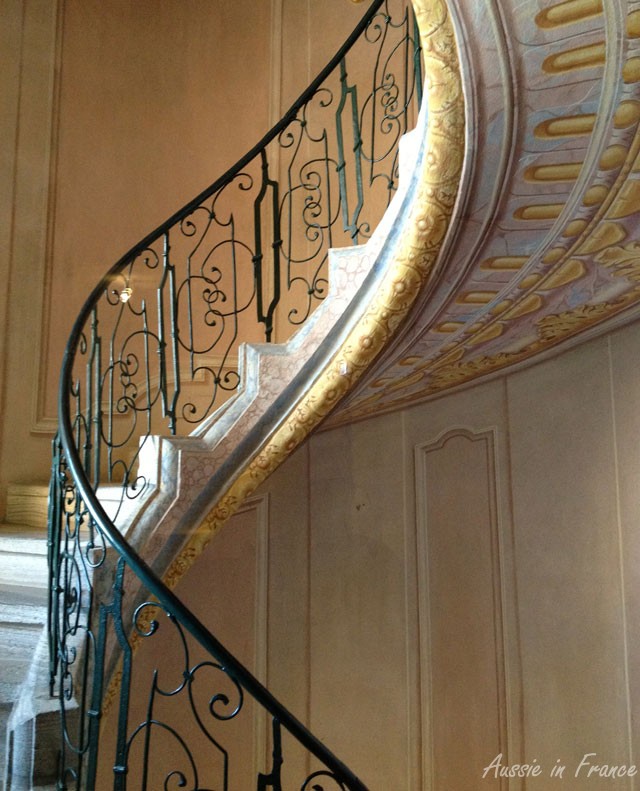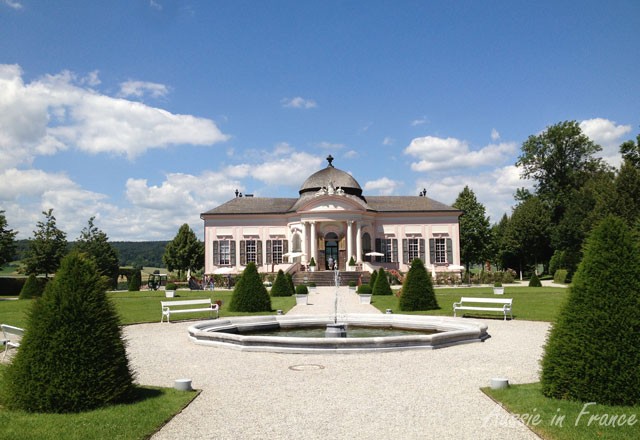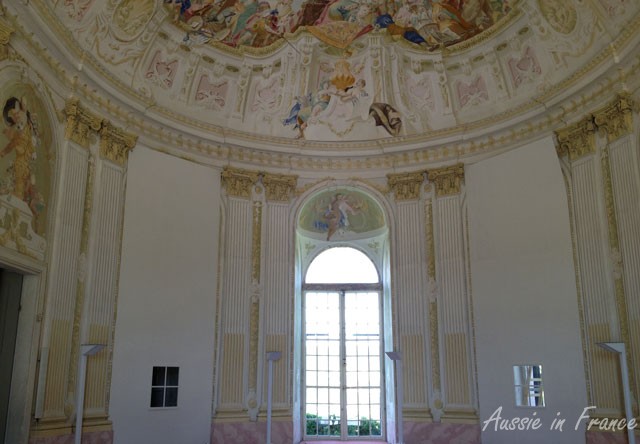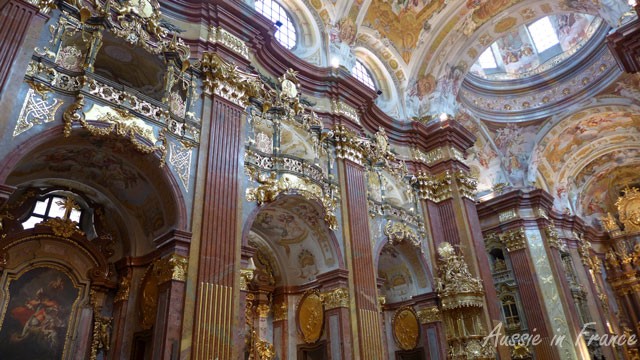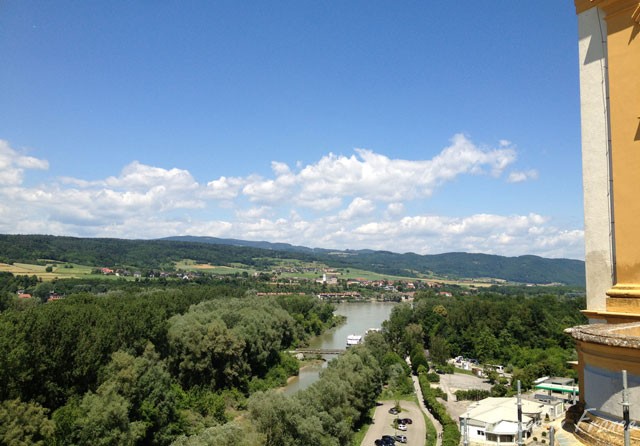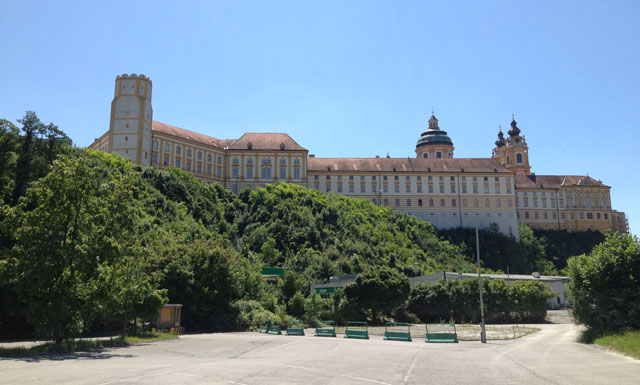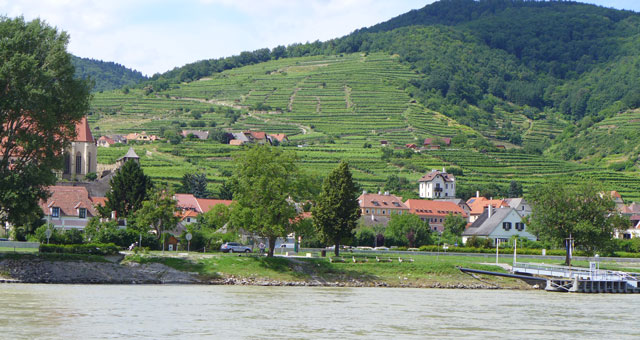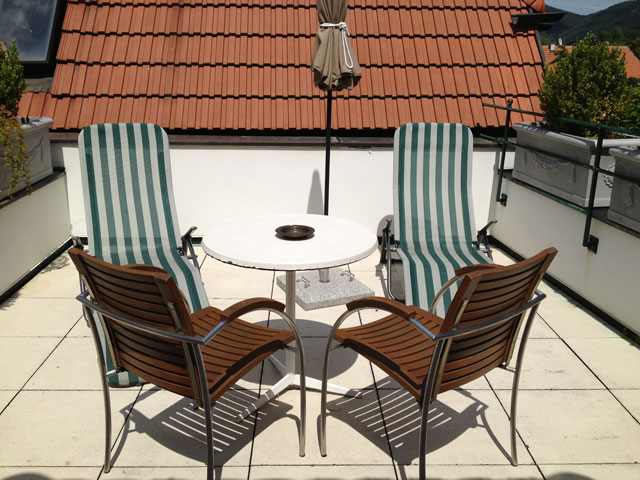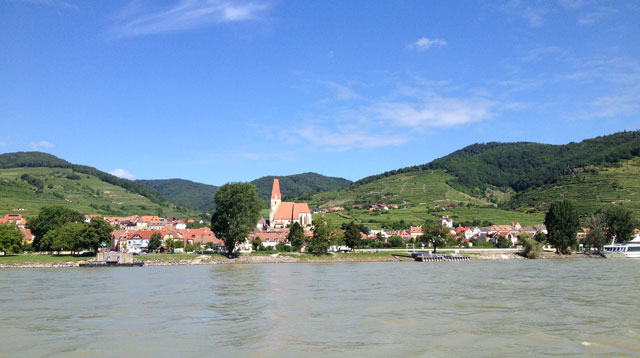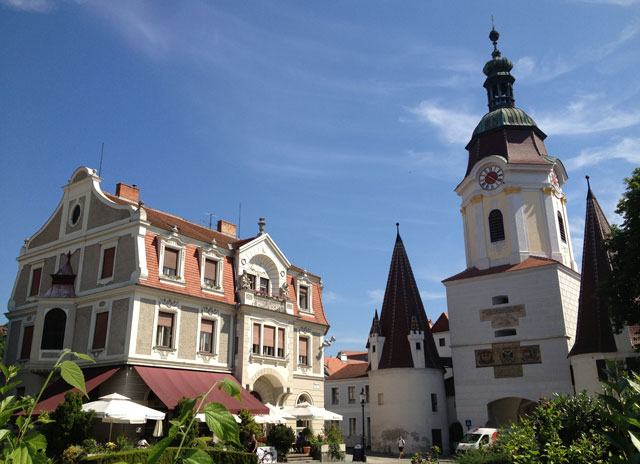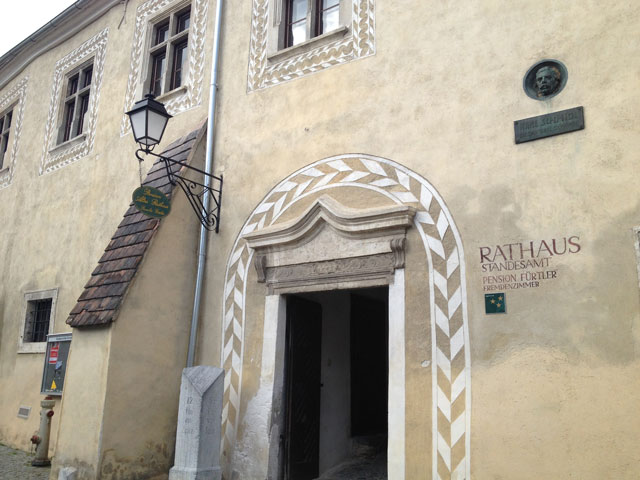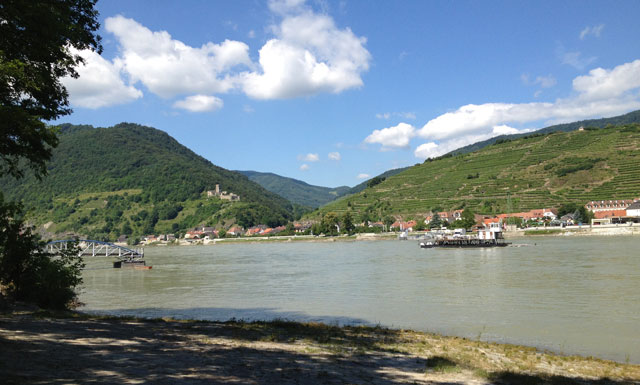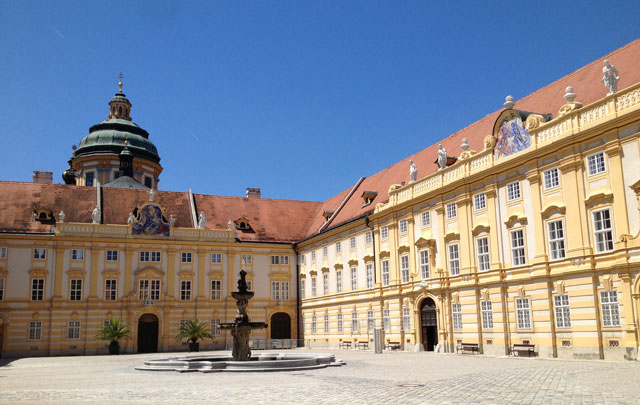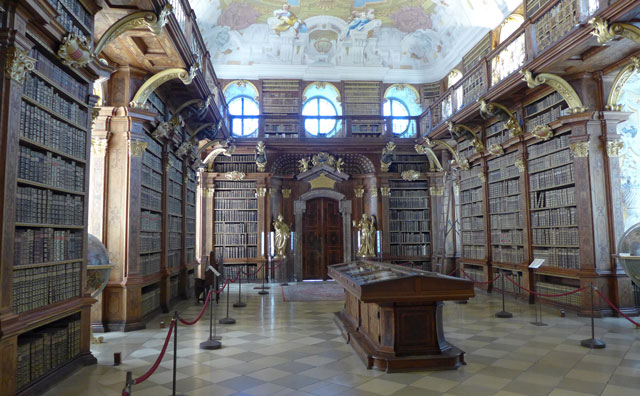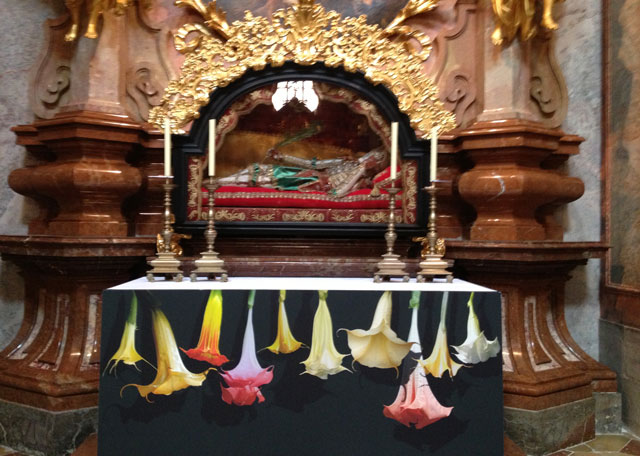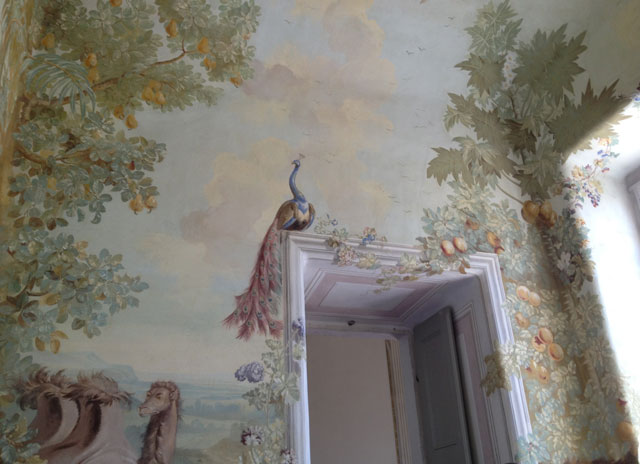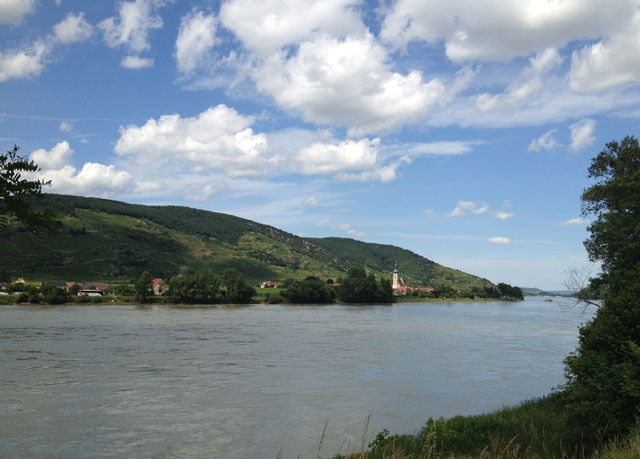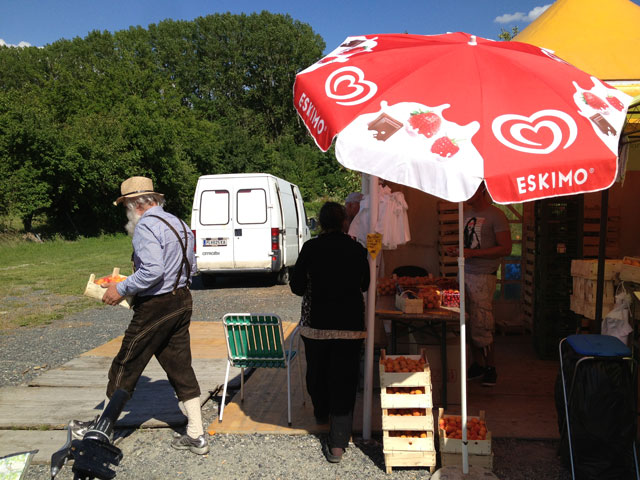When we discovered Jeronimos Monastery in Lisbon recently, I added it to the list of places that have left an indelible mark on me because they were totally unexpected and totally overwhelming. At the same time, I was asked to participate in the Booked.net – Top Destinations to Go challenge by Anda from Travel Notes and Beyond. Choosing just five places was a hard task so Jean Michel and I pooled our favourites, which include both man-made and natural wonders.
The Sagrada Familia in Barcelona
The interior of Gaudi’s Basilica of the Holy Family is absolutely dazzling, breathtaking, overwhelming. There are no words to describe it and no photo to do it justice. It is the most amazing well of light imaginable. The brightly coloured stained glass windows that would be gaudy anywhere else are quite superb.
Gaudi was only 31 when he began working on the cathedral in 1883. It evolved considerably during his lifetime, becoming more and more audacious. Sadly, he was run over by a tram at the age of 73 and nearly all the plans destroyed by fire during the Civil War in 1936.
The pillars, which split into two halfway up to remove the need for flying buttresses, represent trees in a forest with leaves at the top. The pillars themselves have a special spiral design with fluting that increases in number as it gets higher and take us soaring up to the highest point, 45 metres above the ground. An unforgettable moment.
Plitvice Falls in Croatia
And to think that I nearly missed Plitvice Lakes National Park as a result of eating tainted prawns in Dubrovnik!
Never had I seen colours like those in the Plitvice Lakes. Each view was more marvellous than the one before!
At 10 am, before the floods of tourists arrive, the upper path is simply an hour of magic to remember forever.
Tasman National Park in Australia
Our trip to Tasmania was somewhat disappointing, due to cold rainy weather. But the sun came out at last and we set off for Port Arthur. On the way, we followed a sign saying Blow Hole, Devil’s Kitchen and Tasman Arch.
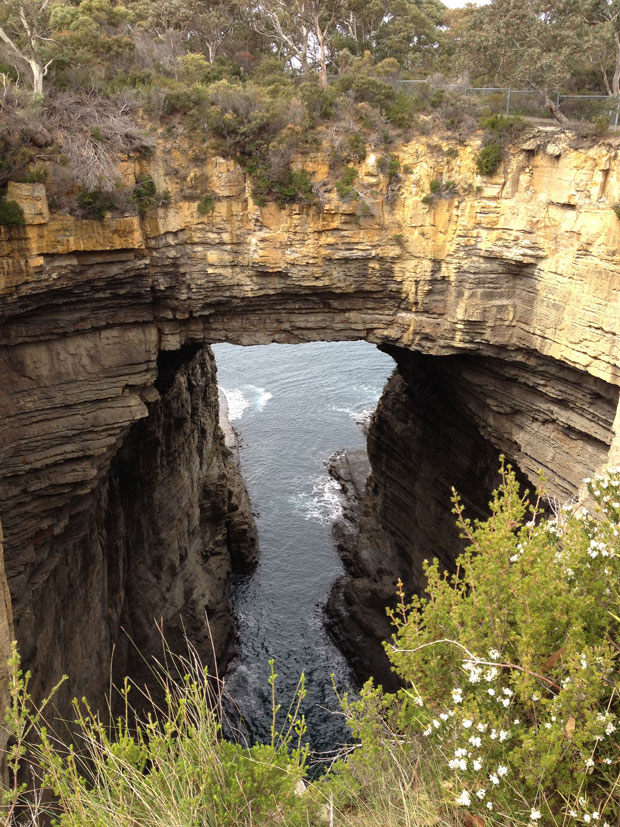
And what we saw was mind-blowing.
These natural formations along the rugged coastline about an hour and a half south of Hobart are dramatic and grandiose, leaving a impression of immensity that you will never forget.
Rila Monastery in Bulgaria
The initial impression of Rila Monastery built halfway up a mountain and surrounded by forest is quite fabulous.
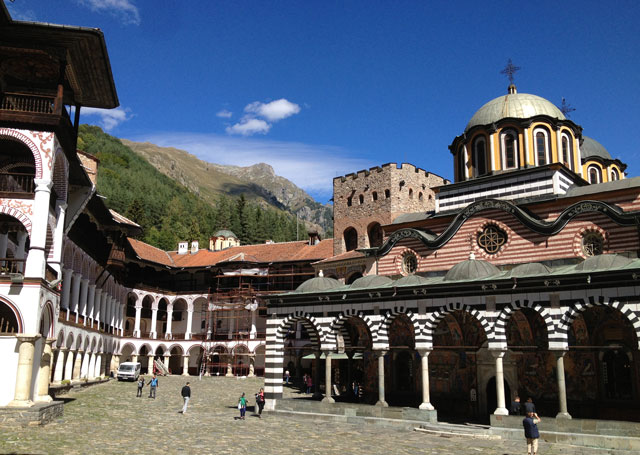
Founded in the 10th century by the hermit St John of Rila, it was destroyed by fire in the 19th century and rebuilt between 1834 and 1862. Although characteristic of the Bulgarian Renaissance (18th-19th centuries), which symbolises the awareness of a Slavic cultural identity following centuries of occupation, it is quite unique.
The monastery museum contains the most fabulous carved cross I’ve ever seen produced painstakingly by a monk called Rafail, with 104 religious scenes and 650 miniature figures and 12 years in the making. It was hardly surprising that Rafail lost his sight in the process. Just one more reason to remember Rila.
The S-Bend in Austria
Cycling along the Danube from its source in Donau-Eschingen to Budapest was a magical experience in itself. One areas stands out in particular, the Wachau world heritage site in Austria between Linz in Austria and Passau in Germany and the S-Bend in particular.
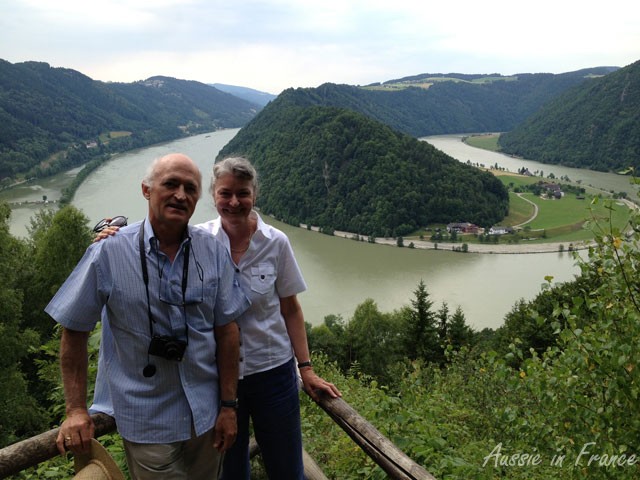
The single most remarkable moment of the trip was the view of the S-bend from Schlogen blick.
We had spent the day cycling along tranquil car-free paths, going back and forth across the Danube on a series of little ferries, and now we could see our day’s journey spread out in majesty before us. A truly unforgettable moment.
So tell me, if you were asked to name your five most unforgettable places, what would you choose?
And if you’re a blogger, why don’t you join the To Destinations to Go challenge (and the chance to win an iPhone 6)? Click here for more information.




